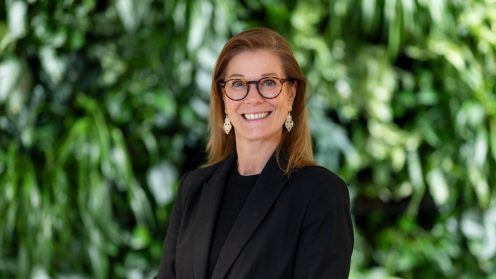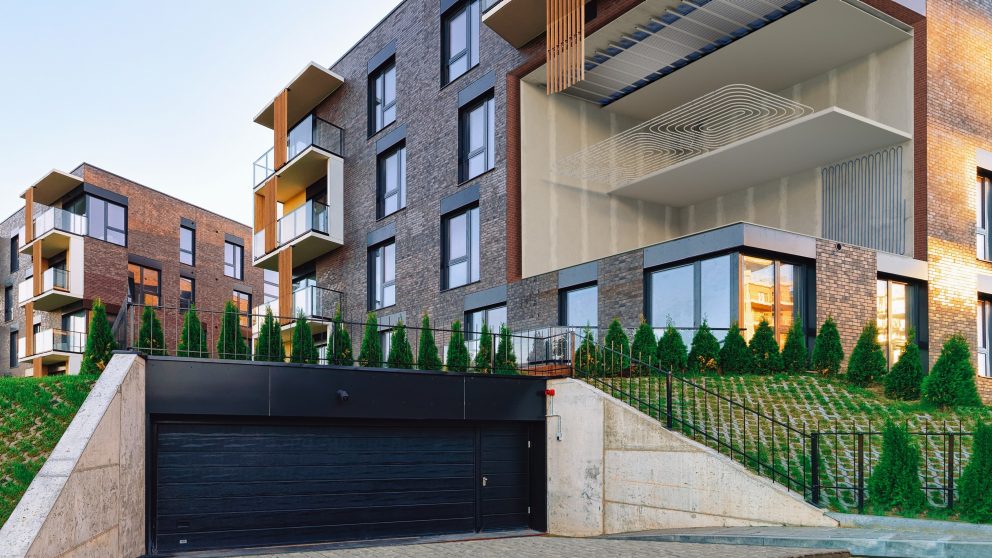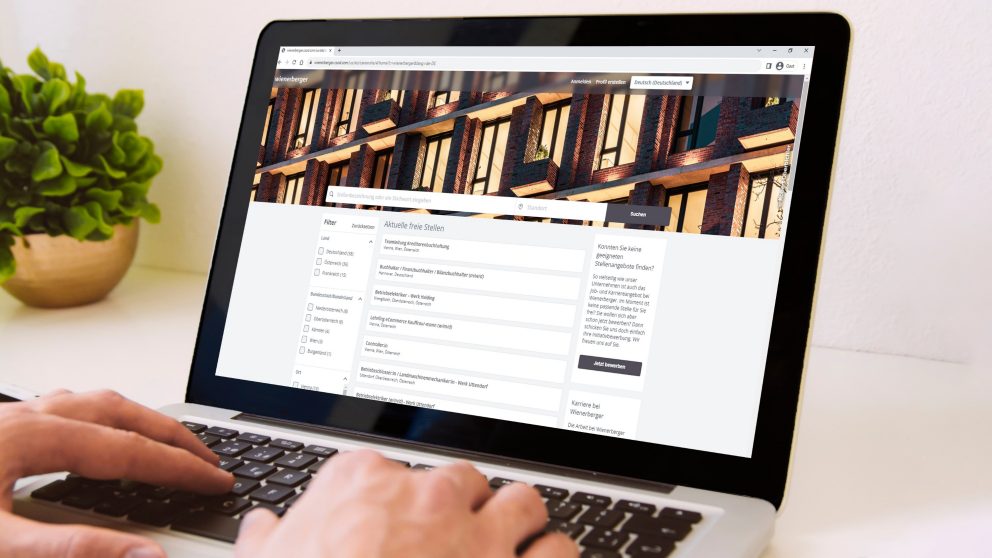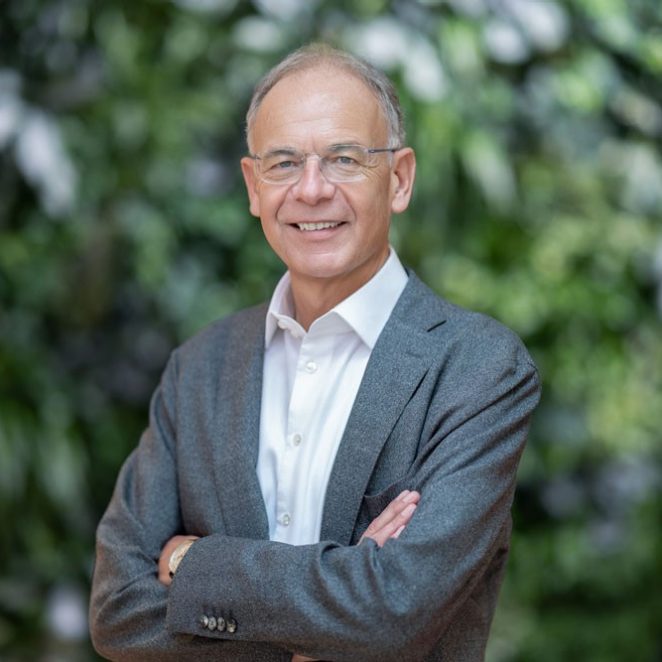- Architects from all over the world show-case their innovative concepts with ceramic materials: 644 projects from 55 countries have been submitted.
- The winners of the Brick Award 20 impressed the jury with bold and creative architectural concepts for sustainable and forward-looking spaces.
- The Award ceremony will be held online for the first time.
Architecture has an important mediating role by configuring the connections between people and the built environment. In urban areas, in particular, we see the need for innovative approaches and the creation of attractive residential and work environments.
Architecture has to constantly reinvent itself by working with new shapes, materials and concepts of use. Apart from aesthetic aspirations, there are stringent technical regulations and increasingly demanding quality requirements to be met. Sustainability issues, such as energy-efficient building and recyclability, are as imperative as they are self-evident these days. At the same time, the affordability of housing is an essential aspect to be borne in mind.
The Brick Award provides architects from all over the world with an opportunity to show-case their latest creative projects of innovative brick architecture. It aims to inspire architects and people alike, to share design concepts and to explore new ways of building. 2020 marks the ninth time that Wienerberger is presenting this internationally established award. A record number of 644 projects in 55 countries were submitted by 520 architects this year.
Prizes were awarded in the following categories: Feeling at home (11 nominations), Living together (10 nominations), Working together (9 nominations), Sharing public spaces (11 nominations) and Building outside the box (9 nominations). The last category is aimed at innovative concepts and ways of using brick, new construction technologies or custom-made bricks in new styles of ornamentation.
The award is endowed with a total of € 29,500 in prize money in five categories, including a Grand Prize and a Special Prize. After the end of the submission phase an independent pre-jury narrowed down the projects to 50 nominations. From this shortlist an international jury selected the winners.
The jury
For the Brick Award 20, the jury consisted of five internationally renowned architects: Helena Glantz, Urban Design (Sweden), Toni Gironès Saderra, Estudi d’Arquitectura Toni Gironès (Spain), Tina Gregoric, Dekleva Gregoric Architects (Slovenia), Mette Kynne Frandsen, Henning Larsen Architects A/S (Denmark) and Jonathan Sergison, Sergison Bates Architects (United Kingdom).
The winners
This year, one project was awarded the Grand Prize. It went to the University of Silesia, Faculty of Radio and Television by BAAS arquitectura Spain, Grupa 5 architekci Poland and Małeccy biuro projektowe Poland. The project is also the category winner of “Sharing public spaces”. A radical, yet subtle approach seemingly elevates the existing historic fabric of a Katowice street imbued with Silesian coal history. A dark shaded, open brick lattice entirely wraps a modestly existing, multi-family coalminers’ house, which also housed a light bulb production, into an abstract larger structure as opposed to demolishing it. An impressive realization of a highly conceptual public competition-winning proposal with the agenda of reuse and accentuated contextual sensitivity was a collective effort of three European architecture practices to highlight the unique atmosphere of the immediate surroundings.
The winning project in the category “Living together” is the Prototype Village House by Rafi Segal, MIT Rwanda Workshop Team (US) with the Rwanda Housing Authority (Rwanda). This sustainable house was designed as a prototype for affordable housing, whose modern and efficient architecture has been tailor-made for the local needs in Rwanda. The Prototype Village House is therefore a housing typology explored. The buildings can be combined in pairs and laid out in a variety of ways to form different urban patterns.
Iturbide Studio by Taller Mauricio Rocha and Gabriela Carillo (Mexico) is the category winner of “Feeling at home”. A small and delicate place between party walls, which manages to travel from the access to the roof in a harmoniously suspended manner between the two courtyards located at the ends. The houses in the Barrio Niño Jesús in Mexico City usually have only one or two floors. In the three-story Iturbide Studio, the different spaces are manifested very intensely, connecting the street and the ground floor with the city skyline where the diverse and lively roofs of the buildings coexist with the treetops.
In the same category, the project Can Jaime i n´Isabelle by TEd´A arquitectes in Spain was awarded the Special Prize. A house in an isolated location where the relationship between the different spaces is determined by the Mediterranean climate and the subsequent traditional architectural articulation and control with an intelligent use of the four courtyards. The use of brick is especially valued for the fact of building a place that, using its own resources and reinforced by the passage of time, will develop a pleasant microclimate, a habitable oasis, at different times of the year.
In the category “Working together” the jury selected the City Archive Delft, Netherlands by Office Winhov (The Netherlands) and Gottlieb Paludan Architects (Denmark) as the category winner. The jury found the project to be conceptually clear and precise. The open ground floor is very much in keeping with the Archive’s role as a public building, a place where the history of the city can be displayed and accessed. In contrast, the closed façades of the upper floors enclose the storage facilities of the archive.
The Maya Somaiya Library by Sameep Padora & Associates is located in India. The jury awarded this project as the winner of the category “Building outside the box” as this innovative project is exactly what this prize is about. The project has used bricks in an unconventional way shaping the roof of the Library as a floating landscape and a playground for the school and at the same time embracing the library functions. By using historic inspiration from old brick vaults in different parts of the world and designing with sophisticated computer software, this project is expressed by an advanced brick structure.
For further information and photos visit www.brickaward.com.
Press Kit
Contact




